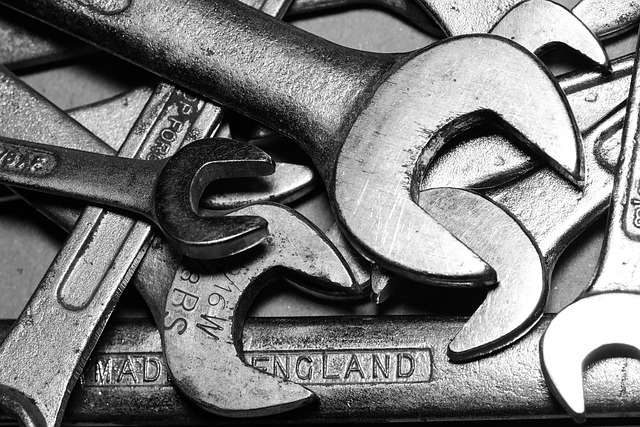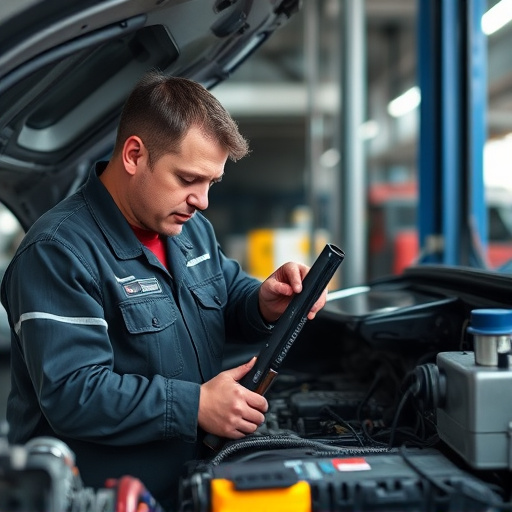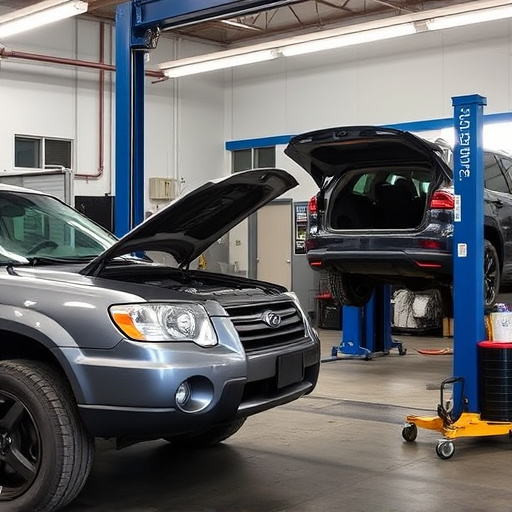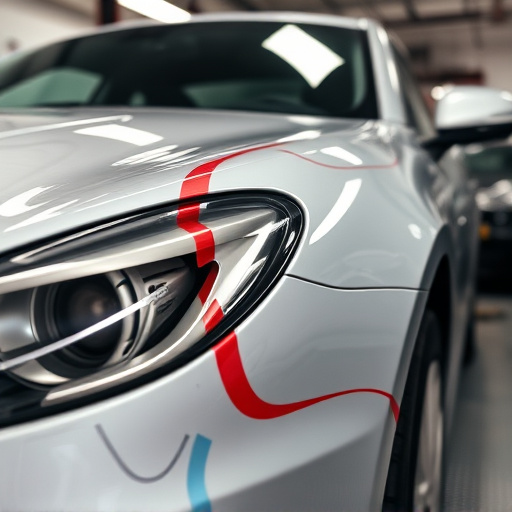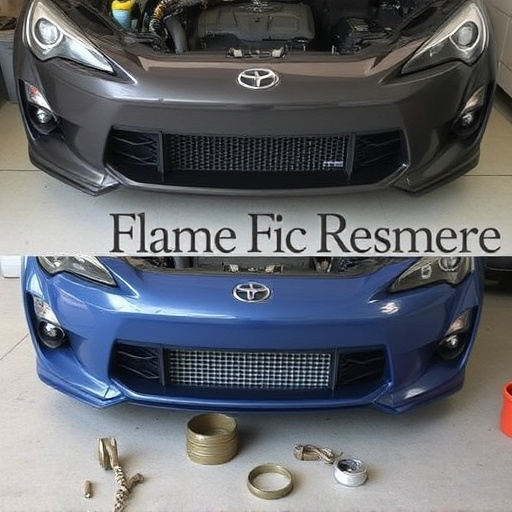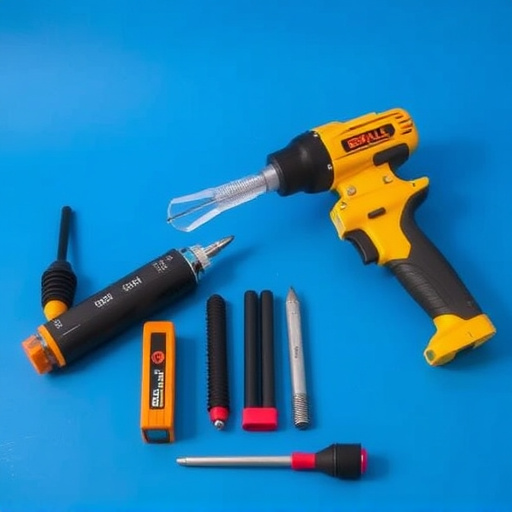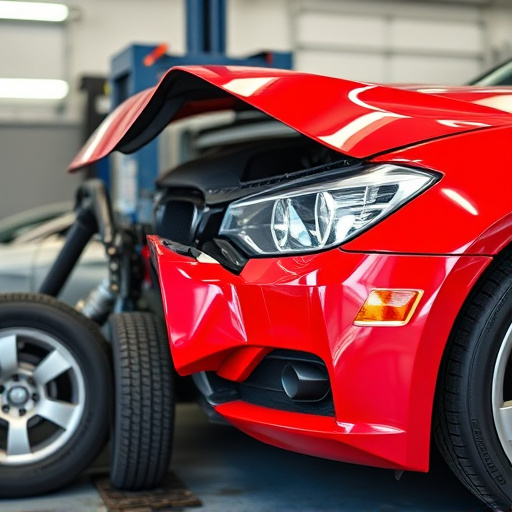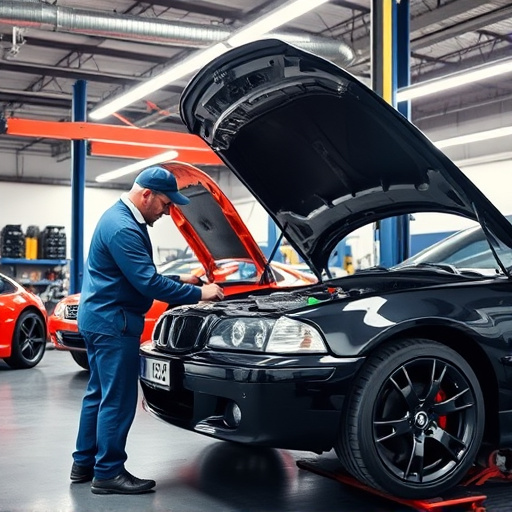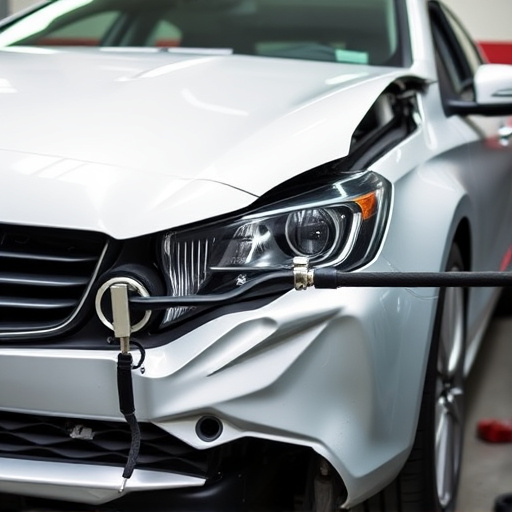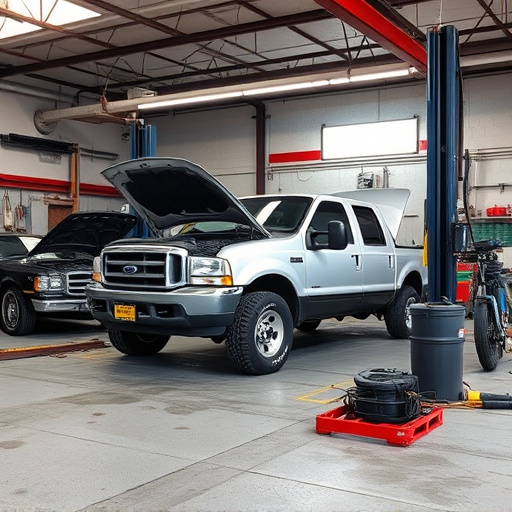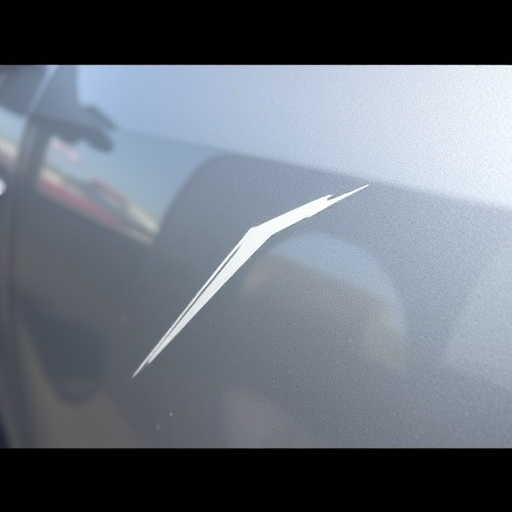AC system collision repair is crucial for maintaining optimal vehicle performance and comfort after a crash. Skilled technicians diagnose and fix leaks, malfunctioning parts like hoses, seals, coils, compressor, condenser fan, thermostats, ensuring smooth cooling operation. Regular maintenance including refrigerant checks and part replacements extend classic and luxury cars' lifespans. Prompt repair and routine AC service maximize efficiency and longevity of these valuable vehicles.
After a collision, your vehicle’s air conditioning (AC) system may require attention. Understanding the basics of how an AC system works is crucial for identifying issues stemming from impact. This article guides you through the process of diagnosing and troubleshooting common problems like leaks and malfunctioning parts. We provide effective repair and maintenance strategies to ensure optimal AC performance post-collision repair, ensuring your comfort and vehicle reliability.
- Understanding AC System Basics After Collision Impact
- Diagnosing Common Issues: Leaks, Malfunctioning Parts
- Effective Repairs and Maintenance Strategies for Optimal Performance
Understanding AC System Basics After Collision Impact
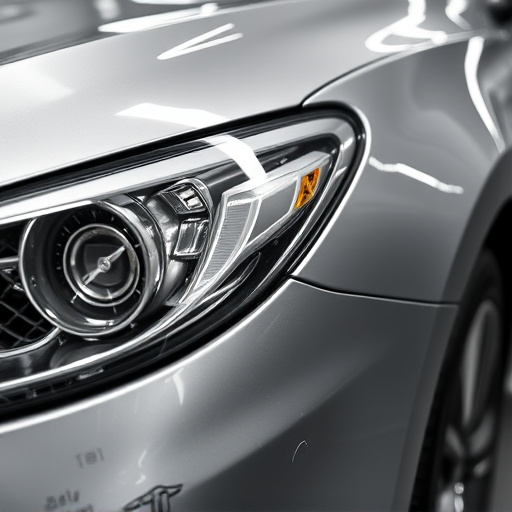
After a collision, understanding the intricacies of your AC system is crucial for effective collision impact troubleshooting. The AC (Air Conditioning) system in vehicles is a complex network involving components like the compressor, condenser, evaporator coils, and refrigerant lines. These parts work harmoniously to regulate interior temperatures, making them vital during hot seasons. When a collision occurs, these delicate elements might be damaged or dislodged, leading to inefficient cooling or complete failure.
Collision repair for AC systems requires expertise in automotive restoration techniques. Skilled technicians assess the extent of damage, which could range from dents and scratches to more severe issues like leaks or component malfunctions. The process involves not just fixing visible dents using dent removal techniques but also meticulously inspecting hidden components to ensure they remain functional after collision impact. Proper AC system collision repair ensures that your vehicle not only drives smoothly but also maintains a comfortable cabin temperature, enhancing the overall driving experience.
Diagnosing Common Issues: Leaks, Malfunctioning Parts

When dealing with AC system collision repair, diagnosing issues can be a complex task. One common problem that arises is a leak within the system. Leaks can occur due to damaged or cracked hoses, seals, or even the evaporator coils. Properly identifying and repairing these leaks is crucial for restoring optimal cooling performance. Visual inspections, coupled with specialized tools, can help detect the source of the leak, ensuring efficient collision repair.
Another prevalent issue involves malfunctioning parts within the AC system. Components such as the compressor, condenser fan, or thermostats can fail after a collision. These parts play a vital role in the refrigeration cycle, and their malfunction can significantly impact cooling efficiency. A reputable collision repair center, offering fleet repair services, will have the expertise and tools to diagnose and replace these faulty parts, ensuring your vehicle’s AC system operates smoothly once again.
Effective Repairs and Maintenance Strategies for Optimal Performance
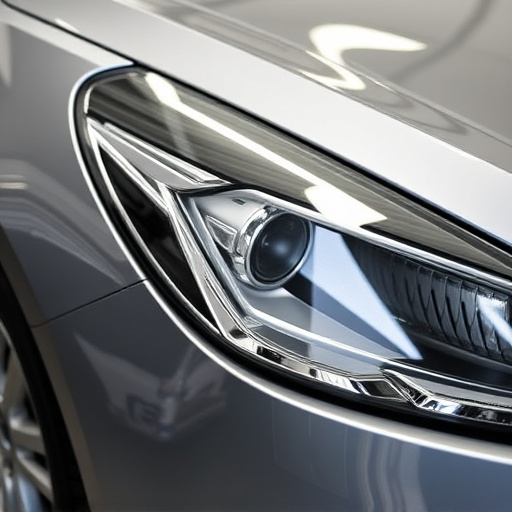
After a collision, an AC system may be compromised, leading to suboptimal performance or even complete failure. Effective repairs and maintenance strategies are essential for restoring the cooling efficiency of your vehicle, especially in the case of classic car restoration or luxury vehicle repair. A comprehensive assessment by a qualified technician is crucial to identify any damage, from cracked components to leaks in the refrigerant system.
Regular maintenance, including cleaning of condensers and evaporators, checking for refrigerant levels, and replacing worn-out parts, can prevent future issues. For classic cars or luxury vehicles, specialized care may be required due to their intricate designs and unique systems. Investing in prompt collision repair and routine AC maintenance ensures not only optimal performance but also prolongs the lifespan of these valuable automotive assets.
In light of the above discussions, it’s clear that effective AC system collision repair is crucial for maintaining optimal vehicle performance. By understanding the basics of your AC system and implementing strategic troubleshooting, diagnosis, and maintenance techniques, you can resolve common issues like leaks and malfunctioning parts. Remember that proactive care and timely repairs are key to ensuring a well-functioning AC system, enhancing passenger comfort, and preventing further damage.
